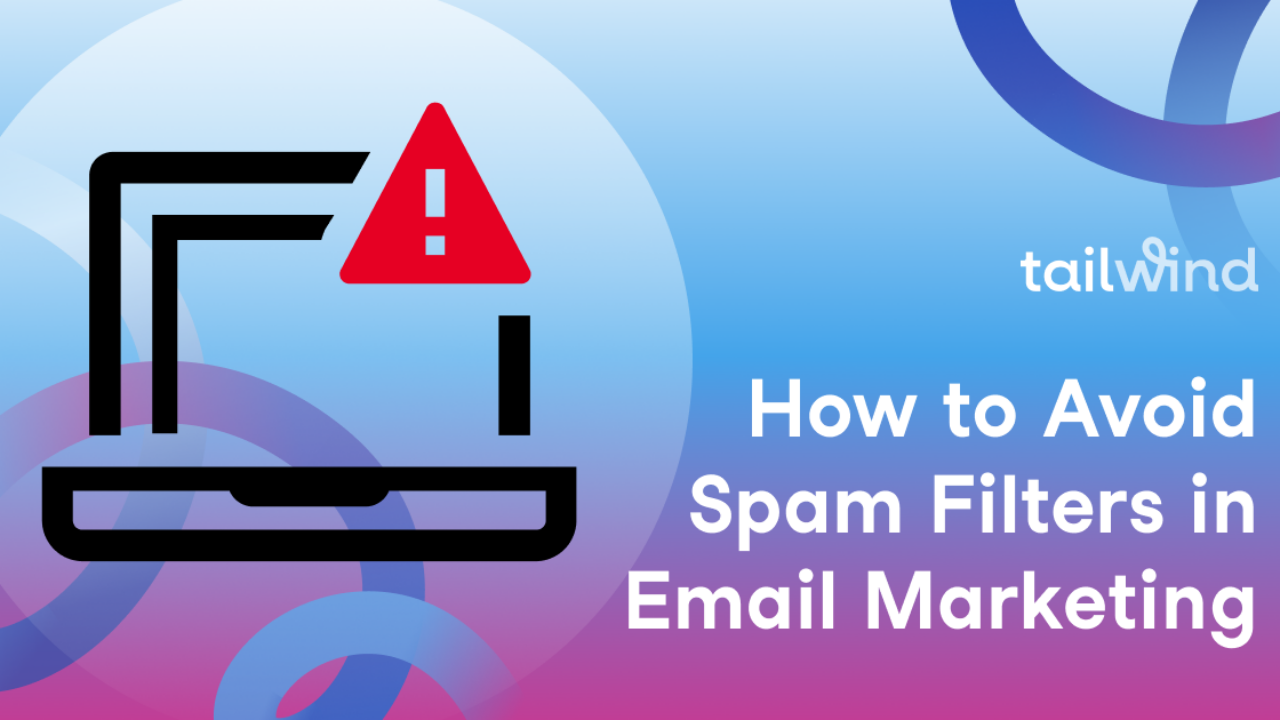Are you tired of receiving spam emails every day? Do you know that there are tools out there that make it easy for spammers to bombard your inbox with unwanted messages? Spamming tools have become a popular way for marketers to reach potential customers, but they come at a great cost to both businesses and individuals. In this article, we will explore the dangers of spamming tools, how they work, and what you can do to avoid falling victim to them.
What Are Spamming Tools?
Spamming tools are software programs designed to send out large numbers of unsolicited email messages, often with the intent of promoting products or services. These tools can be used by anyone, from legitimate businesses trying to market their goods to scammers looking to trick people into giving away personal information. Some of the most common types of spamming tools include:
1. Email Harvesters – These are programs that scan websites and other online sources for email addresses. Once an email address is found, it is added to a database for use in future spam campaigns.
2. Email Bombers – These tools are designed to send out massive amounts of email messages all at once. They can be used for legitimate purposes, such as sending out newsletters or updates, but they are often used by spammers to inundate inboxes with unwanted messages.
3. Email Spoofers – Spoofing involves forging an email header so that it appears to come from someone else. This is often done by spammers to make their messages appear more trustworthy or familiar.
4. Botnets – A botnet is a network of computers infected with malware that can be controlled remotely by a hacker. Botnets are often used by spammers to send out mass emails without the owner’s knowledge.
Why Spamming Tools Are Dangerous
Spamming tools pose many dangers to both businesses and individuals. Here are just a few of the risks associated with using these tools:
1. Reputation Damage – When customers receive unsolicited emails, it can damage the reputation of the sender. People are less likely to trust businesses that use spamming tools and may even report them for spamming.
2. Legal Issues – Spamming is illegal in many countries, and businesses caught using spamming tools can face hefty fines and legal repercussions.
3. Security Risks – Spam messages often contain links to malware or phishing websites that can infect a user’s computer or steal their personal information.
4. Decreased Productivity – Spam emails take time to sort through and delete, which can decrease productivity in the workplace.
How to Avoid Falling Victim to Spamming Tools
Fortunately, there are steps you can take to protect yourself from spamming tools. Here are some tips:
1. Use Anti-Spam Software – Anti-spam software can help filter out unwanted messages before they even reach your inbox.
2. Be Careful What You Sign Up For – Only provide your email address to trusted sources and be wary of giving it out freely online.
3. Don’t Respond to Spam Messages – Responding to spam messages only confirms that your email address is active and may result in more spam messages being sent your way.
4. Report Spam Messages – Most email providers have a button you can click to report spam messages. This helps the provider identify and block future spam messages.
5. Keep Your Software Up-to-Date – Keeping your anti-virus software, operating system, and other programs up-to-date can help prevent malware infections that could lead to spam messages being sent from your device without your knowledge.
Conclusion
In conclusion, spamming tools are dangerous and should be avoided at all costs. They pose risks not only to businesses but also to individuals who may fall victim to scams or malware infections as a result of receiving spam messages. By taking steps to protect yourself and your devices, you can reduce your risk of falling victim to these tools and stay safe online.
References:
– “Email spamming.” Wikipedia, Wikimedia Foundation, 15 Mar. 2021, en.wikipedia.org/wiki/Email_spamming.
– “Botnet.” Wikipedia, Wikimedia Foundation, 2 Apr. 2021, en.wikipedia.org/wiki/Botnet.
– “How to Protect Yourself from Email Spam.” NortonLifeLock, 9 Jan. 2019, us.norton.com/internetsecurity-online-scams-how-to-protect-yourself-from-email-spam.html.




